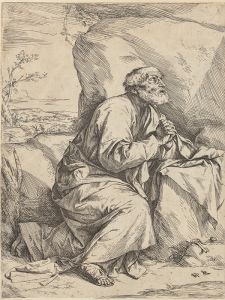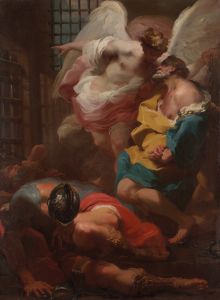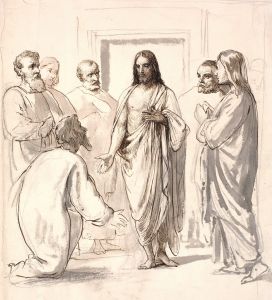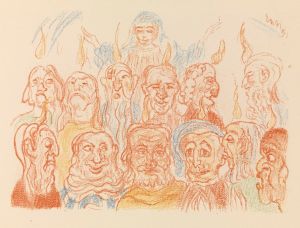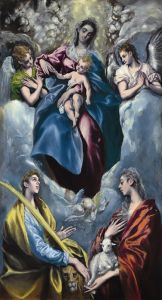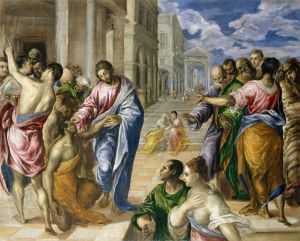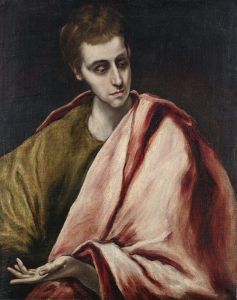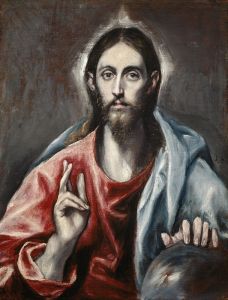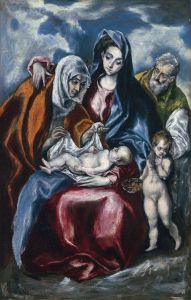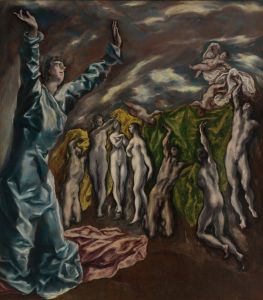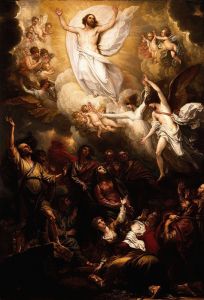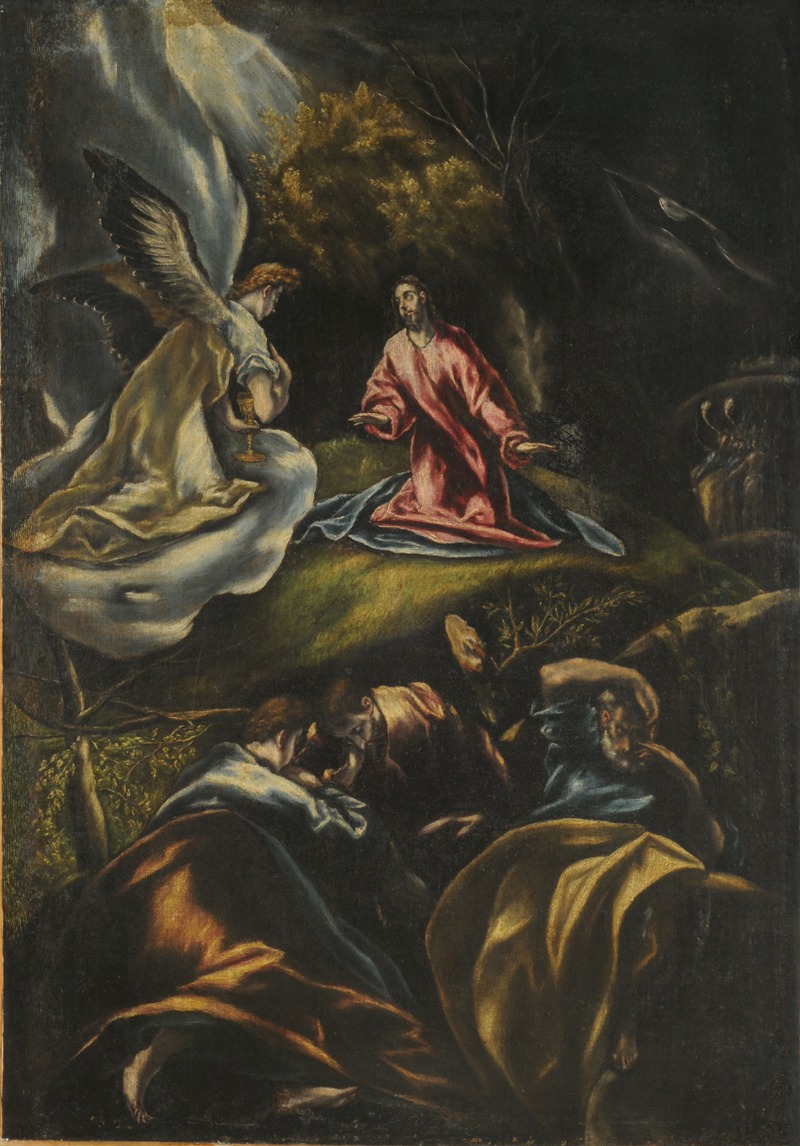
Agony in the Garden
A hand-painted replica of El Greco (Domenikos Theotokopoulos)’s masterpiece Agony in the Garden, meticulously crafted by professional artists to capture the true essence of the original. Each piece is created with museum-quality canvas and rare mineral pigments, carefully painted by experienced artists with delicate brushstrokes and rich, layered colors to perfectly recreate the texture of the original artwork. Unlike machine-printed reproductions, this hand-painted version brings the painting to life, infused with the artist’s emotions and skill in every stroke. Whether for personal collection or home decoration, it instantly elevates the artistic atmosphere of any space.
"Agony in the Garden" is a renowned painting by the artist El Greco, whose real name was Domenikos Theotokopoulos. El Greco was a prominent painter of the Spanish Renaissance, known for his distinctive style that combined elements of Byzantine traditions with Western painting techniques. This particular work, "Agony in the Garden," is one of several interpretations by El Greco of the biblical scene depicting Jesus praying in the Garden of Gethsemane before his arrest.
The painting captures a pivotal moment from the New Testament, where Jesus experiences profound anguish and prays for strength to face his impending crucifixion. El Greco's depiction is notable for its emotional intensity and dramatic use of color and light, which are characteristic of his style. The composition typically includes Jesus in prayer, an angel offering him a chalice, and the sleeping disciples, Peter, James, and John, in the foreground.
El Greco's use of elongated figures and expressive gestures in "Agony in the Garden" enhances the spiritual and emotional gravity of the scene. The figures are often depicted with elongated limbs and ethereal expressions, a hallmark of El Greco's work that contributes to the otherworldly atmosphere of the painting. The use of vibrant colors and stark contrasts between light and shadow further amplify the emotional tension and divine presence within the scene.
The landscape in the background of the painting is rendered with a sense of depth and movement, often featuring dramatic skies that reflect the turmoil of the moment. This dynamic treatment of the environment serves to heighten the emotional impact of the narrative, drawing the viewer into the spiritual and psychological dimensions of the scene.
El Greco's "Agony in the Garden" is housed in various collections, as he created multiple versions of this subject throughout his career. Each version reflects his evolving style and the influence of his surroundings, from his early years in Crete to his later work in Spain. The painting is a testament to El Greco's ability to convey complex theological themes through his unique artistic vision.
The significance of "Agony in the Garden" lies not only in its religious subject matter but also in its embodiment of El Greco's innovative approach to painting. His work was initially met with mixed reactions, but he is now celebrated as a precursor to both Expressionism and Cubism, influencing artists such as Pablo Picasso and Jackson Pollock.
El Greco's interpretation of this biblical scene continues to be studied and admired for its emotional depth and technical mastery. The painting remains an important example of how religious art can transcend its narrative origins to explore universal themes of suffering, faith, and redemption. Through "Agony in the Garden," El Greco invites viewers to contemplate the profound spiritual struggles depicted in the Gospels, rendered with a timeless and transcendent artistic language.






